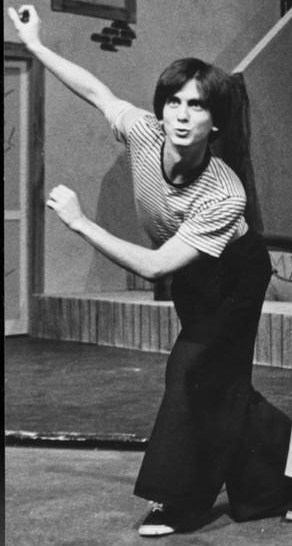
Stephen Sondheim may indeed be a Broadway Baby, but he is finding a high-profile second home on a couple of DC stages these days. This isn't the first time Sondheim Mania has gripped the city; back in 2002, the Kennedy Center spent the summer producing a festival of his work, including six homegrown, fully staged productions (I wrote about them here), plus an import in Japanese. Currently, KenCen is making national news with its starry revival of Follies, which I caught at a preview last week. They've spared no expense: the budget for this giant hovers around 7.3 million dollars, which places it in the local books as the most expensive show ever produced in the DC area.
 Well, you can't really do Follies on a shoestring. Eric Shaeffer is at the helm; he is commonly acknowledged to be a primo director of Sondheim's work, and even founded a theatre based on the master. Eric's production of Passion, which I've heard was the first regional appearance of that problematic show after its Broadway run, was so successful that it attracted Sondheim's personal attention.
Well, you can't really do Follies on a shoestring. Eric Shaeffer is at the helm; he is commonly acknowledged to be a primo director of Sondheim's work, and even founded a theatre based on the master. Eric's production of Passion, which I've heard was the first regional appearance of that problematic show after its Broadway run, was so successful that it attracted Sondheim's personal attention.
 Schaeffer must have spent much of his Follies budget on the talent onstage. Bernadette Peters, who is legitimately known as a premier Sondheim interpreter, was still finding her way when I saw her last week. The reviews have pointed out that she is physically miscast as the frumpy housewife from Texas, and I won't quibble with that.
Schaeffer must have spent much of his Follies budget on the talent onstage. Bernadette Peters, who is legitimately known as a premier Sondheim interpreter, was still finding her way when I saw her last week. The reviews have pointed out that she is physically miscast as the frumpy housewife from Texas, and I won't quibble with that. But she nails her character's big aria, Losing My Mind, and from where I was sitting, she was taking that song literally. Peters was playing her role as if she were actually going nuts.
But she nails her character's big aria, Losing My Mind, and from where I was sitting, she was taking that song literally. Peters was playing her role as if she were actually going nuts.Broadway pros Jan Maxwell and Danny Burstein are tearing up their roles, and I won't be surprised if they both land Helen Hayes awards for these performances.
 The various pastiche numbers which make Follies such fun were handled with a varying degree of success, at least during previews. I was not familiar with the French actress named Regine (who, according to her bio, invented the discotheque), but her novelty number, "Ah, Paree," was indecipherable. Linda Lavin powered through "Broadway Baby," and Terri White and the gals stopped the show with "Who's That Woman?".
The various pastiche numbers which make Follies such fun were handled with a varying degree of success, at least during previews. I was not familiar with the French actress named Regine (who, according to her bio, invented the discotheque), but her novelty number, "Ah, Paree," was indecipherable. Linda Lavin powered through "Broadway Baby," and Terri White and the gals stopped the show with "Who's That Woman?".
I've been curious about Elaine Paige for decades. She is the British Patti Lupone, having played Evita, Reno Sweeney, and Norma Desmond, to great acclaim in London. I imagine it was a bit of a coup to get her on this side of the Atlantic to play a role which, let's face it, consists of a couple of wisecracks and one solo. But what a song: "I'm Still Here" is an anthem of show biz survival designed to bring the crowd to its feet. Ms. Paige is getting some flack from the critics for her conversational attack on this number, but I actually enjoyed that slant.

Overall, though, her interpretation did not excite me nearly as much as the
 rendition my friend Sherri Edelen is offering across the river at Signature Theatre. In the revue Side By Side By Sondheim, Sherri is taking the roof off the joint with her gutsy performance of "I'm Still Here," a song she is really too young to be singing. But with a musical revue, we don't care about such things, and The Sig's production is really a winner.
rendition my friend Sherri Edelen is offering across the river at Signature Theatre. In the revue Side By Side By Sondheim, Sherri is taking the roof off the joint with her gutsy performance of "I'm Still Here," a song she is really too young to be singing. But with a musical revue, we don't care about such things, and The Sig's production is really a winner.
I have been a fan of Side By Side By Sondheim since I saw the original production on Broadway (I wrote about that here), and I was thoroughly entertained by Siggie's current offering. Director Matt Gardiner has tweaked the narration of the show quite a lot, all to the good (though that crack about Doogie Houser creaks a bit).
 In the original, there is a narrator with a podium, guiding the audience through this examination of Sondheim's early works. When I saw Hermione Gingold handle that chore, I was entranced. But that was a special case; usually the narrator comes off as a bit of an interruption. So, Gardiner was wise to drop that character, and give his new narration to the cast and musicians. And what a team they are. I'm not surprised that Sherri blew me away, she always does, but she is joined by a couple of out-of-towners who are also superb.
In the original, there is a narrator with a podium, guiding the audience through this examination of Sondheim's early works. When I saw Hermione Gingold handle that chore, I was entranced. But that was a special case; usually the narrator comes off as a bit of an interruption. So, Gardiner was wise to drop that character, and give his new narration to the cast and musicians. And what a team they are. I'm not surprised that Sherri blew me away, she always does, but she is joined by a couple of out-of-towners who are also superb.  Matthew Scott and Nancy Anderson round out the trio of performers who make great impressions, both singly and in groups. Oh, I might quibble with the necessity of hearing both "Marry Me A Little" and the song which replaced it in Company, "Being Alive," though Scott does a swell job with both ballads. The slot in act II in which he sings the latter is usually occupied by "Could I Leave You?", the number which Jan Maxwell is hitting out of the park over at KenCen.
Matthew Scott and Nancy Anderson round out the trio of performers who make great impressions, both singly and in groups. Oh, I might quibble with the necessity of hearing both "Marry Me A Little" and the song which replaced it in Company, "Being Alive," though Scott does a swell job with both ballads. The slot in act II in which he sings the latter is usually occupied by "Could I Leave You?", the number which Jan Maxwell is hitting out of the park over at KenCen.  But everyone has their favorite Sondheim songs, and I suppose in a revue such as SxSxS, the director has some leeway with the song choices.
But everyone has their favorite Sondheim songs, and I suppose in a revue such as SxSxS, the director has some leeway with the song choices.So, it's been a Sondheim-centric couple of weeks for me, which inspired this week's Dance Party. The late great Dorothy Loudon is our star (she appeared on a previous Dance Party here), and around the 3 minute mark, you start to realize what a terrific talent she was.
 I love the fact that something so simple as teaming these two songs together can bring down the house at Carnegie Hall, where this clip was filmed. Loudon, by the way, never created a Sondheim role, but she took over for Angela Lansbury in the original Sweeney Todd, and subsequently became one of the go-to stars whenever there was a tribute to the composer's work. She certainly has a handle on these two songs:
I love the fact that something so simple as teaming these two songs together can bring down the house at Carnegie Hall, where this clip was filmed. Loudon, by the way, never created a Sondheim role, but she took over for Angela Lansbury in the original Sweeney Todd, and subsequently became one of the go-to stars whenever there was a tribute to the composer's work. She certainly has a handle on these two songs:










































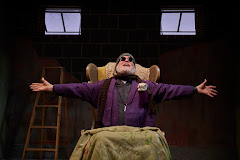




























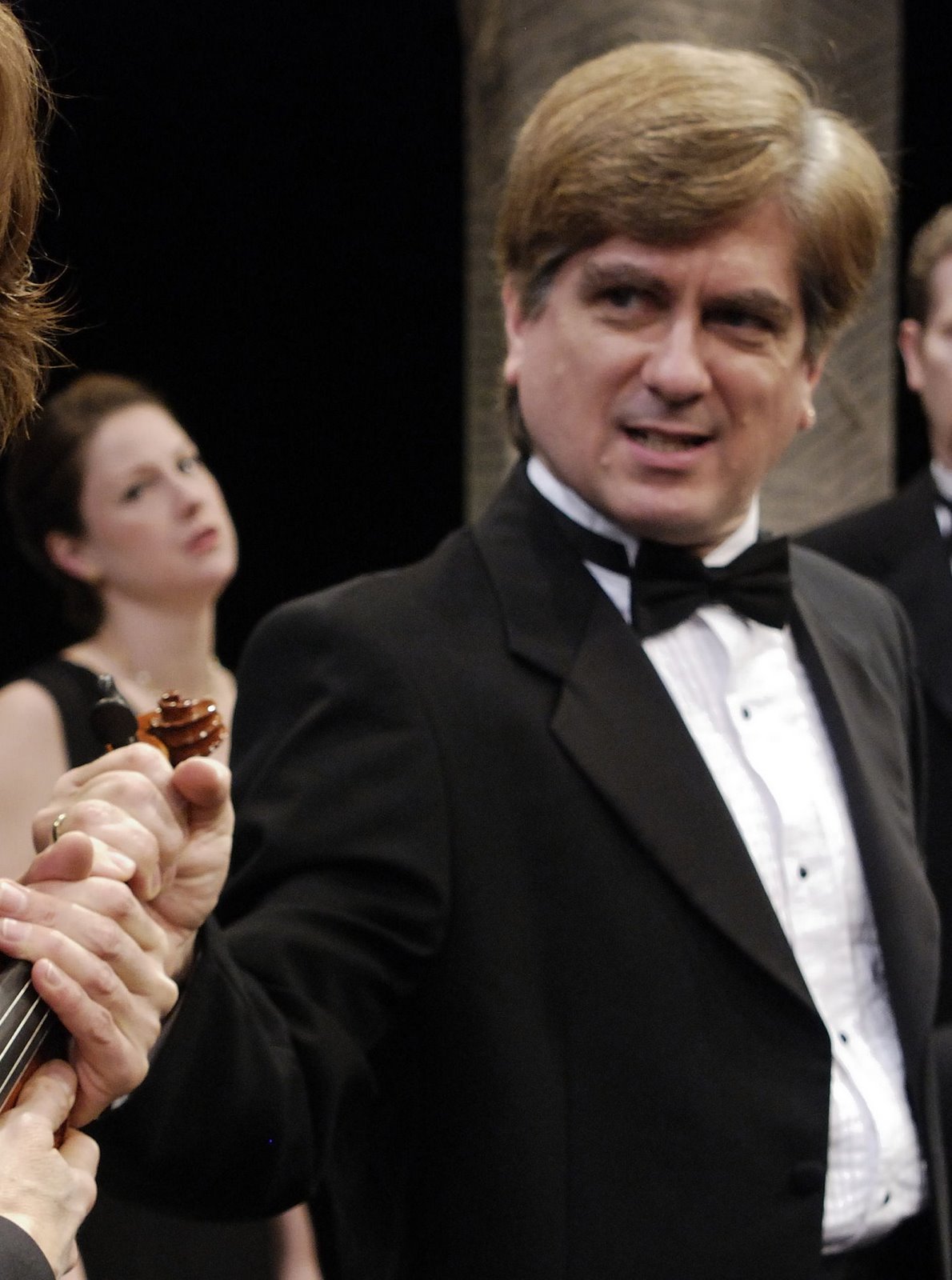
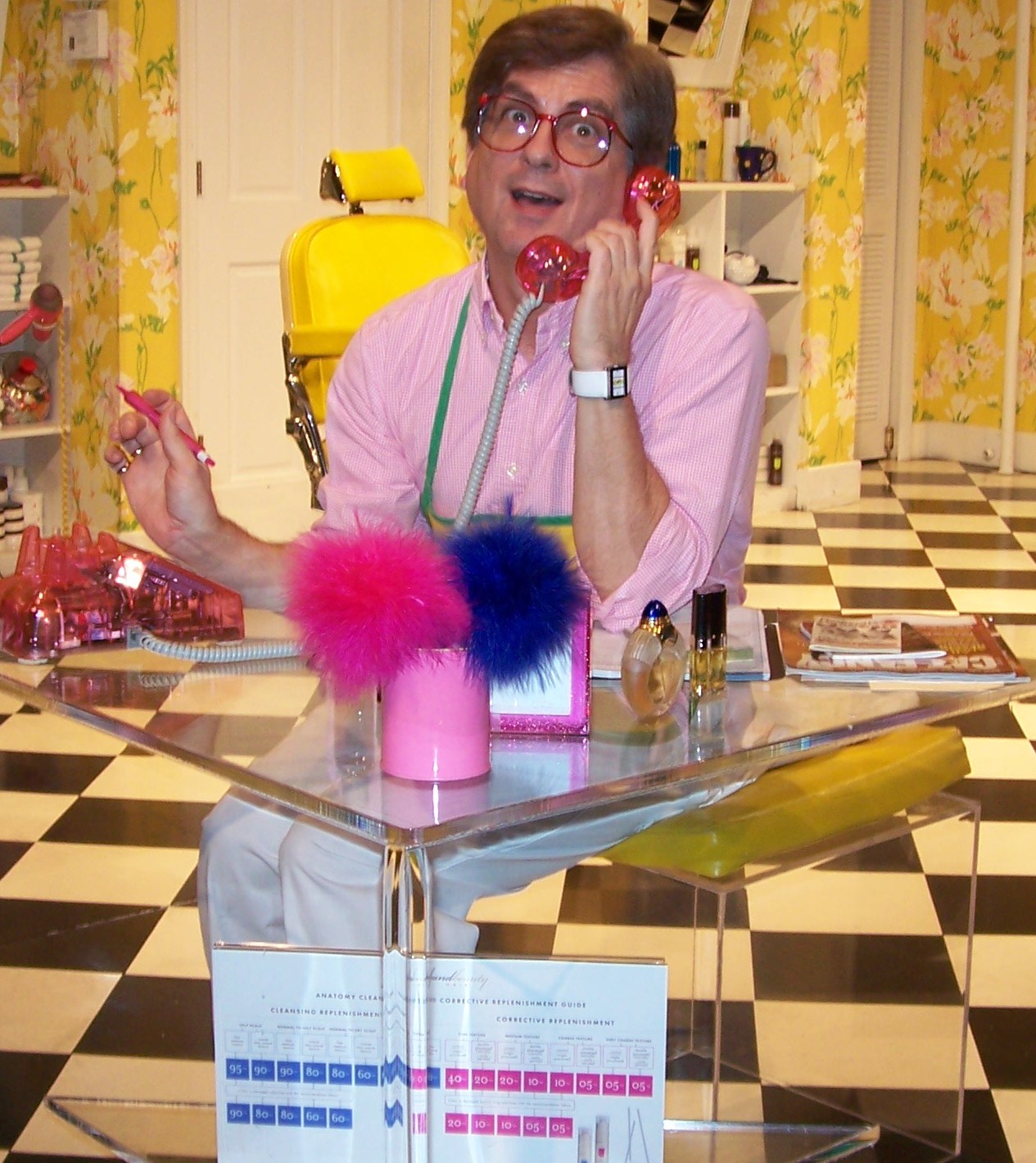
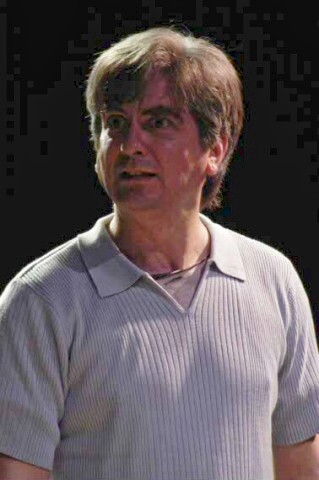
,+Olney+Theatre+Center,+2004.jpg)



,+Shakespeare+Theatre+Company,.jpg)
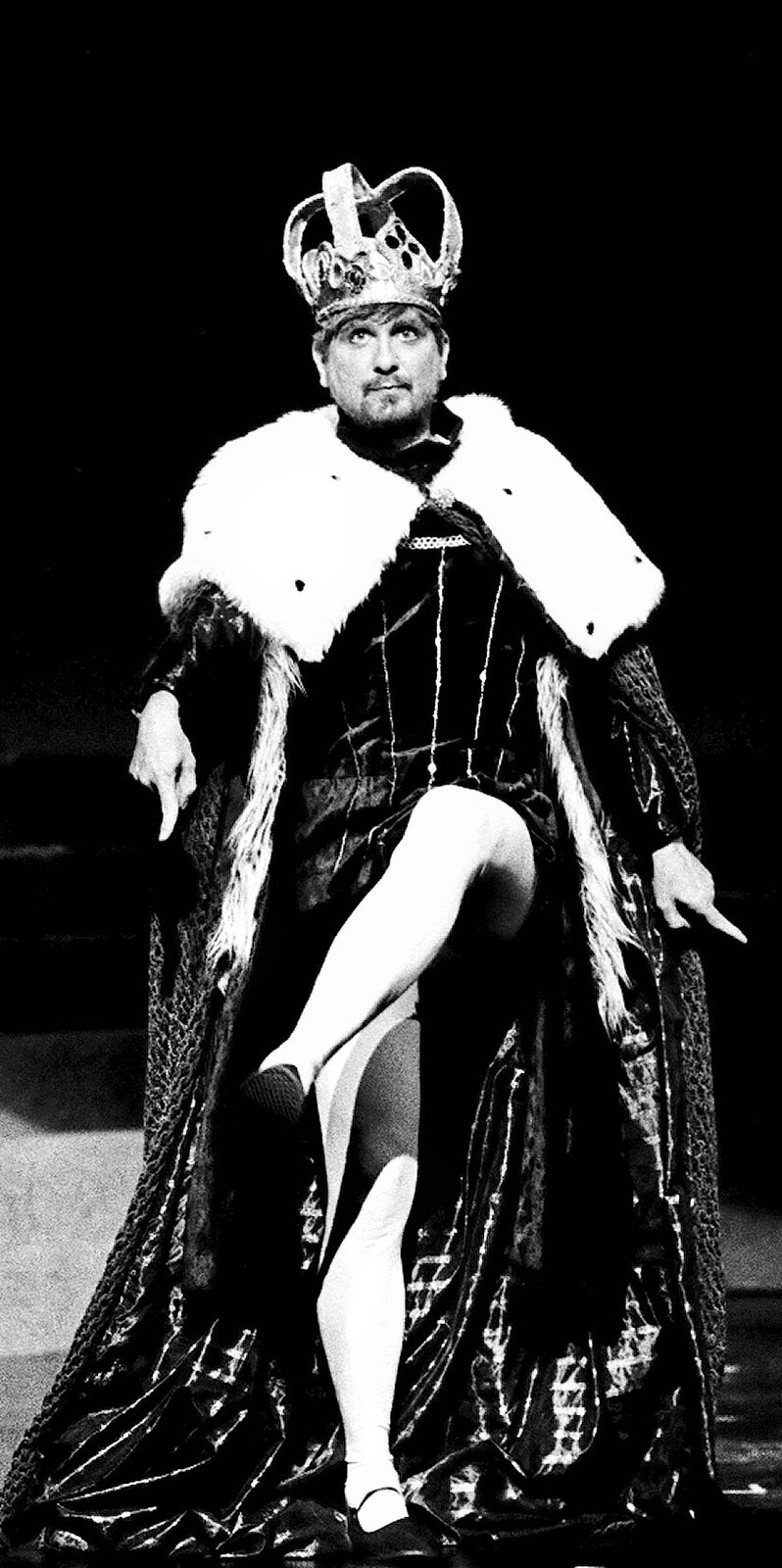

,+Warehouse+Theatre,+1999.jpg)
,+Are.jpg)
,+Everyman+Theatre,2002.jpg)
,+First+Nationa.jpg)
,+Shakespeare+Theatre+Company,.jpg)


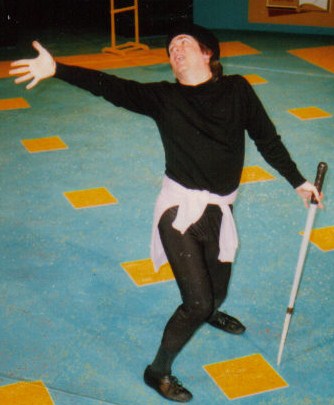
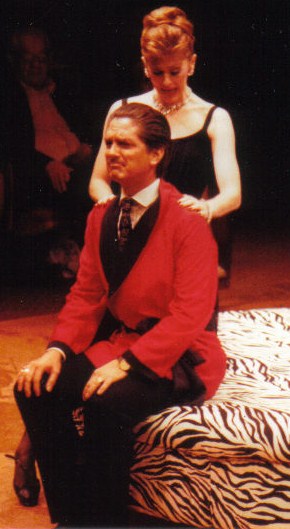


,+Granada+Th.jpg)
,+Globe+Playhouse,.jpg)
,+CSUN,+1976.jpg)
